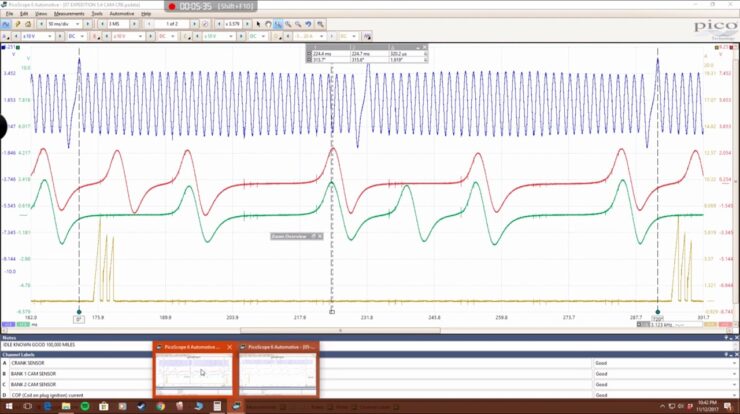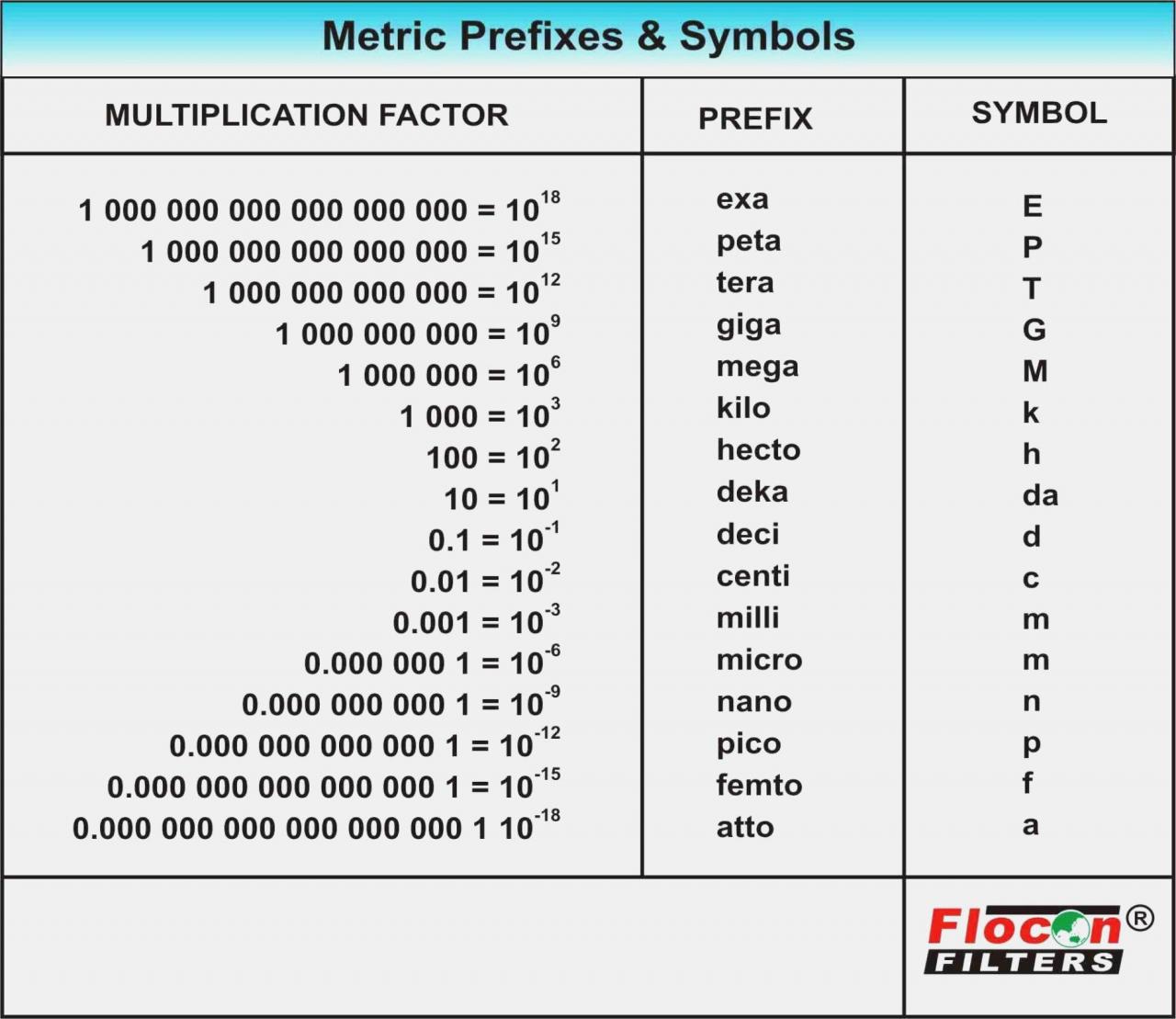
Pico measurements, the precise examination of extremely small electrical signals, have revolutionized various scientific disciplines. From electronics to biology, pico measurements provide invaluable insights into the behavior of matter at the nanoscale.
This guide delves into the fundamentals of pico measurements, exploring their significance, applications, and limitations. We will also discuss the techniques and instrumentation used for accurate and reliable pico measurements.
Pico Measurement Fundamentals

Pico measurements involve making extremely precise measurements of electrical signals with magnitudes in the picosecond (10^-12 seconds) and picoampere (10^-12 amperes) range. These measurements are crucial for characterizing and analyzing high-speed electronic circuits, biological processes, and quantum phenomena.Pico measurements provide insights into the behavior of materials and devices at the atomic and molecular level.
They enable researchers to study ultrafast processes, such as the switching of transistors and the dynamics of chemical reactions. Pico measurements also play a vital role in medical diagnostics, where they can be used to detect subtle changes in electrical signals associated with diseases.
Pico Measurement Techniques
Various techniques are employed for pico measurements, each with its advantages and limitations. Sampling oscilloscopes are widely used for capturing transient electrical signals with high temporal resolution. Lock-in amplifiers are specialized instruments that selectively amplify and demodulate signals at specific frequencies, enhancing signal-to-noise ratio.
Picoammeters are sensitive current meters capable of measuring currents in the picoampere range.
Instrumentation for Pico Measurements
Pico measurement instrumentation typically consists of amplifiers to boost signal strength, filters to remove noise, and data acquisition systems to digitize and record the signals. The choice of instrumentation depends on the specific application and the desired accuracy, resolution, and sensitivity.
Applications of Pico Measurements
Pico measurements find applications in diverse fields, including electronics, physics, biology, and chemistry. In electronics, they are used to characterize high-speed circuits and devices. In physics, they enable the study of quantum phenomena and ultrafast processes. In biology, pico measurements are employed in electrophysiology and neuroimaging.
Challenges and Future Directions
Pico measurement techniques face challenges in achieving higher accuracy, resolution, and sensitivity. Ongoing research focuses on developing new instrumentation and methods to overcome these limitations. Emerging technologies, such as quantum sensing and machine learning, hold promise for advancing pico measurement capabilities.
Wrap-Up

Pico measurements have become an indispensable tool for scientific research and technological advancements. As technology continues to miniaturize, the demand for precise and sensitive measurement techniques will only increase. This guide provides a comprehensive overview of pico measurements, empowering researchers and engineers to harness the power of this transformative technology.
Essential Questionnaire: Pico Measurement
What are pico measurements?
Pico measurements involve the precise measurement of electrical signals in the picoampere (pA) or picowatt (pW) range.
What are the applications of pico measurements?
Pico measurements find applications in electronics, physics, biology, and other disciplines, enabling the study of nanoscale phenomena and the characterization of ultra-low power devices.
What are the challenges of pico measurements?
Pico measurements can be challenging due to noise, interference, and the need for specialized instrumentation.